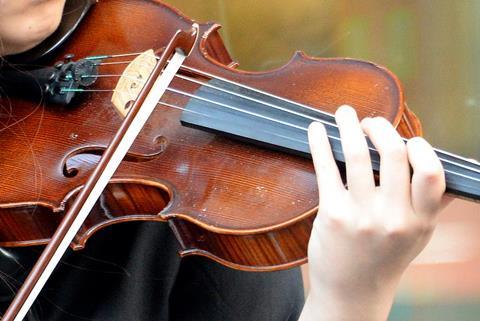Understand the use of touch in your playing and you’ll be well on your way to finding the best approach for non-classical styles, explains Julie Lyonn Liberman

Over the last month, we’ve been concentrating on developing the left hand, with a focus on left-hand calisthenics in our June 2021 issue.
The following is an extract from an article that was originally published in October 2005. To read the article in full, click here.
LEFT-HAND EXERCISES
Imagine that your strings are trampolines and practise lightly bouncing each left-hand finger up and down on random pitches. This will enable you to begin to explore a range of pressure, from a light presence of the finger on the string to pressing the fingertip down on to the surface of the fingerboard. Notice how your bow arm acts as a mirror and naturally lightens in pressure. While trying this exercise, classical players tend to inadvertently bounce their fingers with a downward emphasis.
Try it that way first to explore its resulting sound and feel, but then emphasise the upward motion on each bounce, as if the string is pushing your fingertip back up to sit on its released surface. You should notice an immediate difference in your sound quality and physical experience.
Read Technique: Left-hand calisthenics
Now challenge yourself to play a scale using quick, light bounces of the left-hand fingers, never firmly touching the fingerboard, while allowing the bow hand to mirror this motion. This exercise will help you create what we call ‘ghost notes’ in jazz violin technique: a melodic line that contains notes that are implied rather than sounded out fully (example 1).

Topics
Technique: Left-hand calisthenics
- 1
- 2
- 3
- 4
- 5
- 6
- 7
- 8
- 9
- 10
 Currently reading
Currently readingHow to use your left hand in non-classical violin playing
- 11
- 12
- 13
- 14
- 15
























































No comments yet